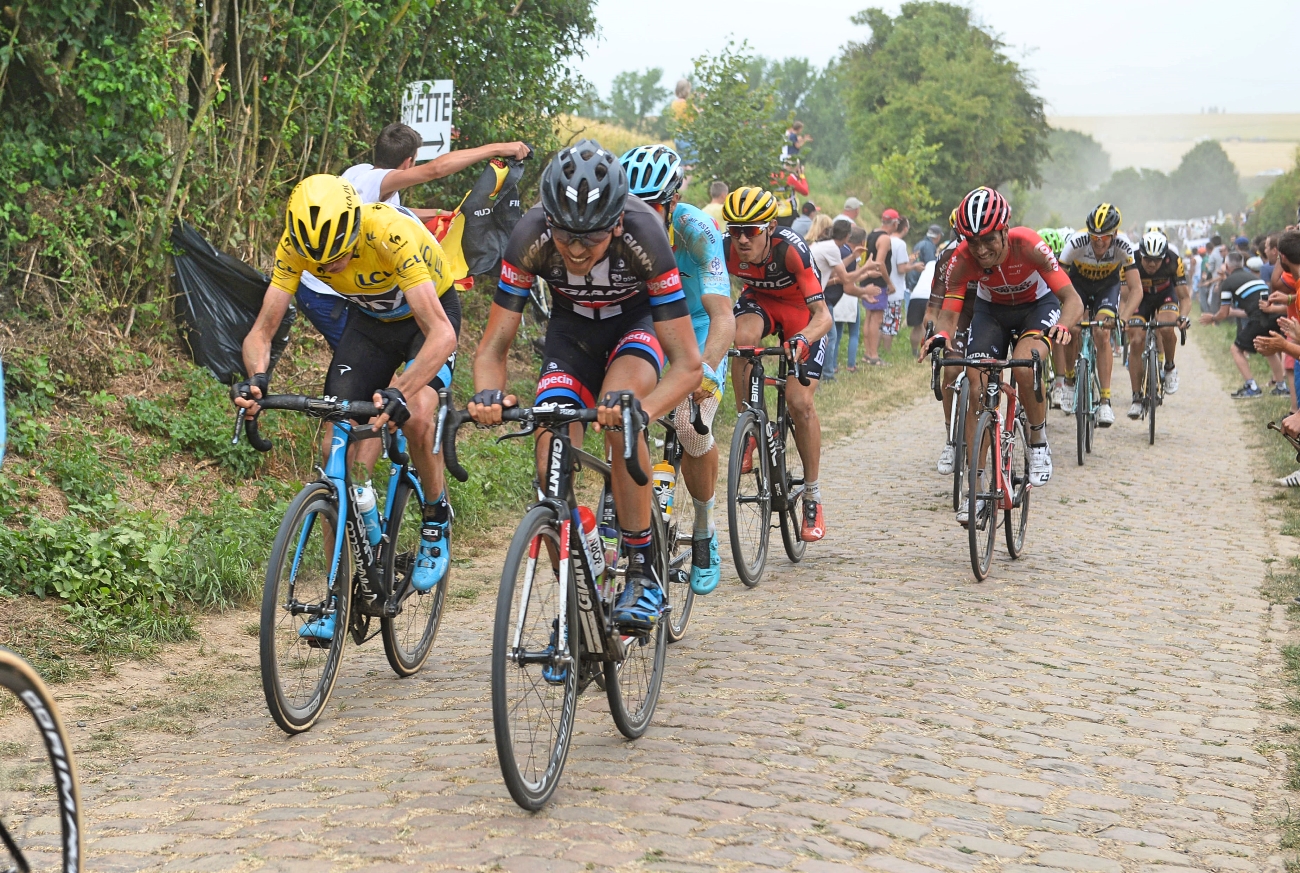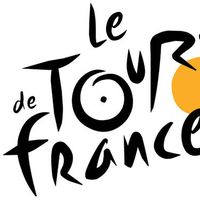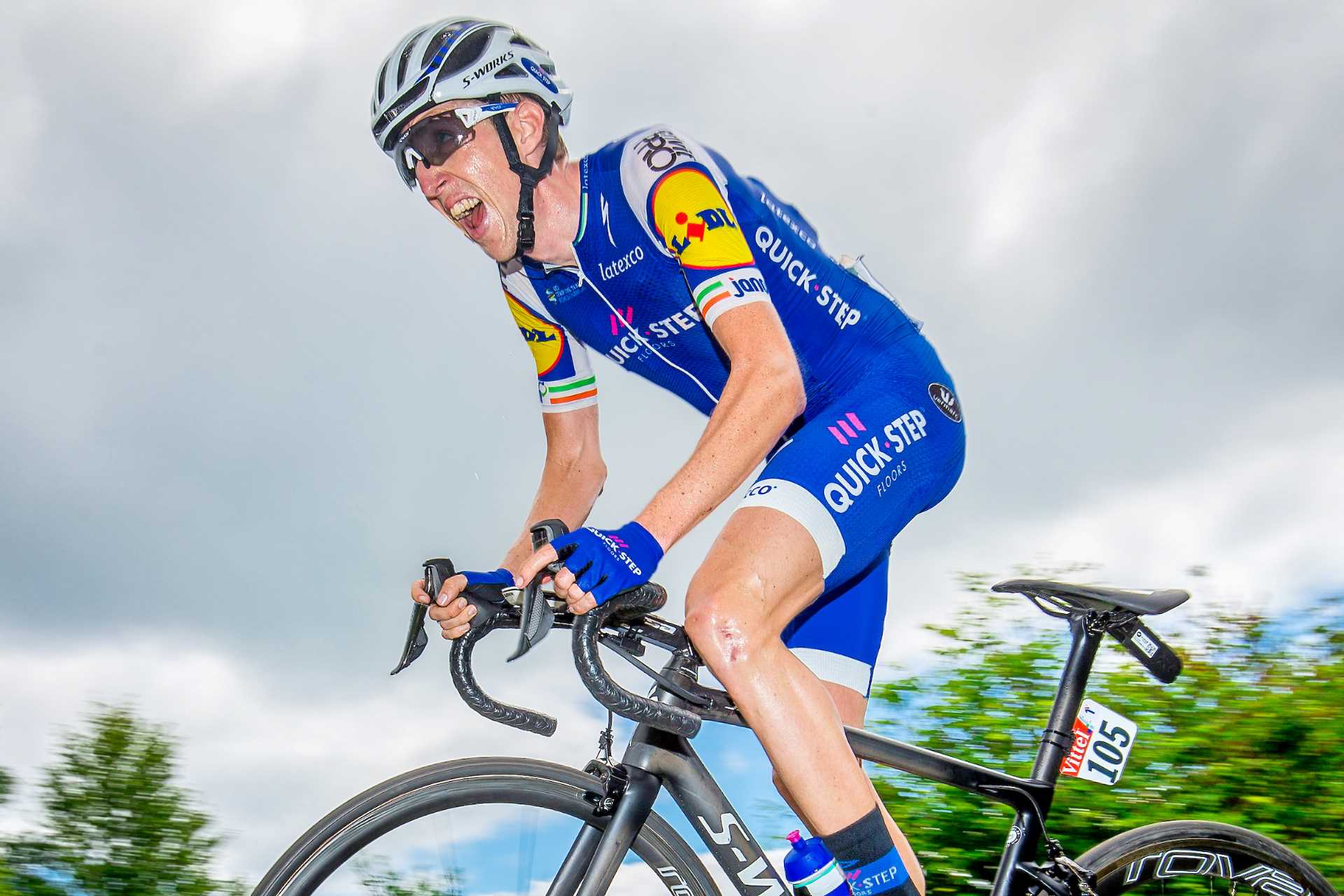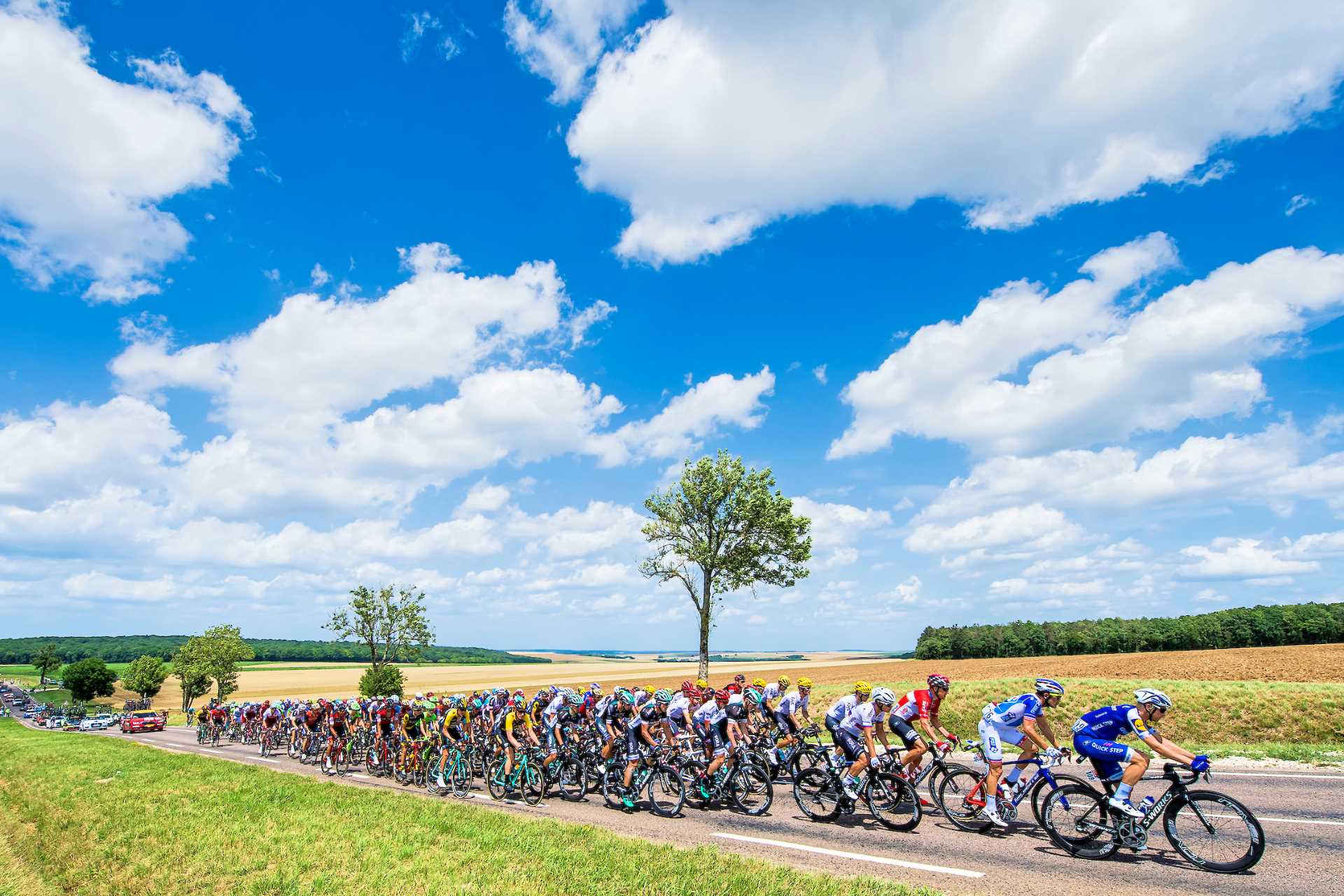Flat stages, transitional stages, sprinters’ stages – call them what you will, the monotonous nature of several of this year’s Tour de France stages has made for some dull viewing.
Let’s make no mistake here, part of the monotony has been down to the incredible performances of Marcel Kittel (QuickStep Floors), and the German’s total domination of the bunch sprints deserves plenty of plaudits.
But the sheer number of pan-flat sprint-friendly stages, the unwillingness of riders to populate the breakaway and the determination of the sprint teams to control the peloton has hardly been thrill-a-minute.










